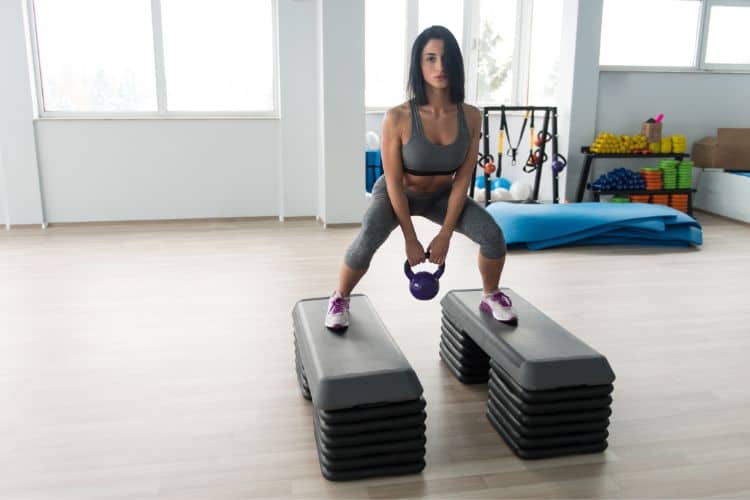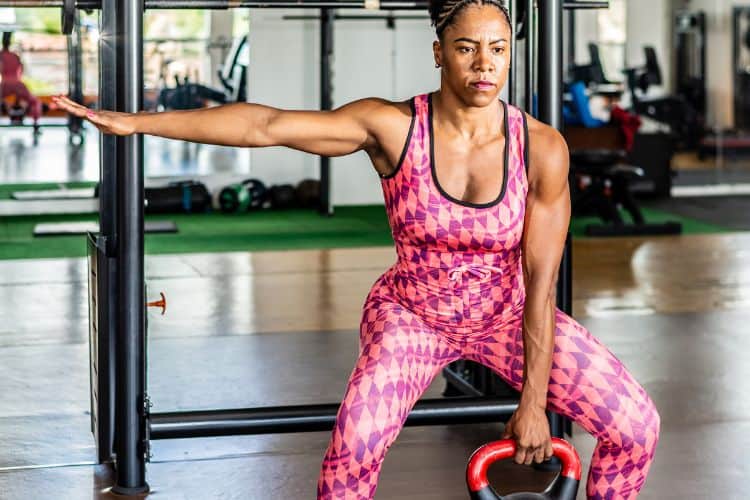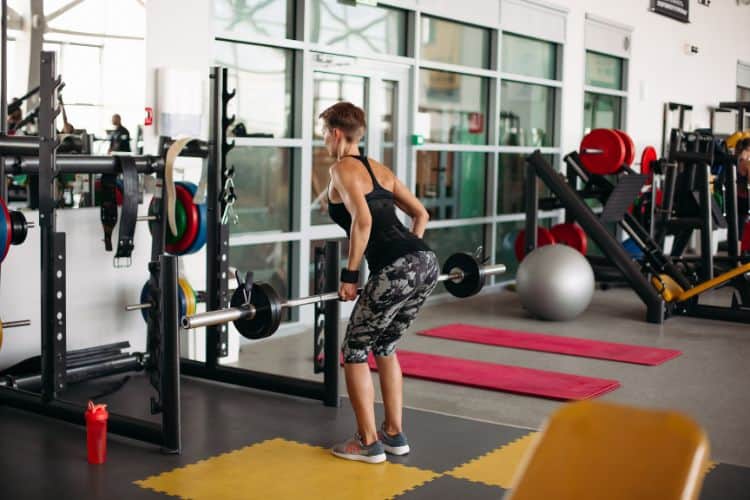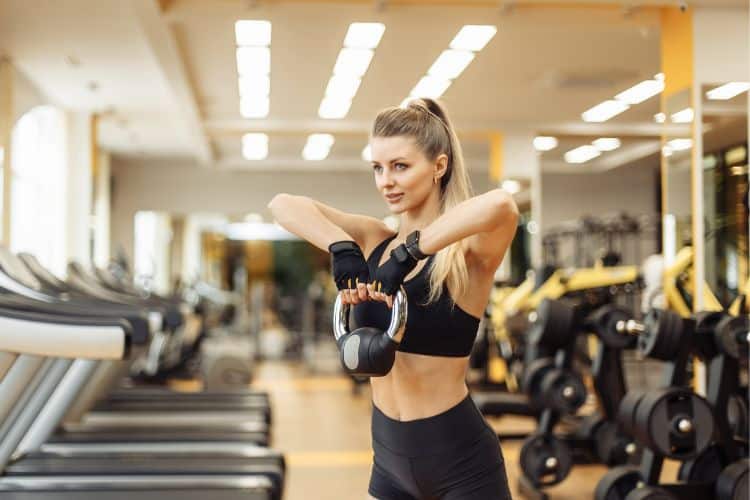Sign up for workout ideas, training advice, reviews of the latest gear and more.






In the realm of fitness and strength training, squats stand out as one of the most effective and versatile exercises for women. Not only do they target multiple muscle groups, but they also promote overall strength, stability, and endurance. This comprehensive guide look into the world of exercise squats, offering insights on their benefits, variations, and proper techniques to help you achieve your fitness goals while minimizing the risk of injury.
Squats are a powerhouse exercise, engaging the quadriceps, hamstrings, glutes, lower back, and core. They mimic natural movements, such as sitting down and standing up, making them functional and applicable to daily life. Incorporating squats into your routine can lead to enhanced athletic performance, improved balance, and increased calorie burn. For women, squats also play a crucial role in maintaining bone density, which is particularly important as we age.
Mastering the squat exercise begins with understanding the proper form. Here’s a step-by-step guide:
Start Position: Stand with your feet shoulder-width apart, toes slightly turned out. Keep your chest up, shoulders back, and your gaze forward.
The Descent: Begin by pushing your hips back, bending at the knees and ankles. Ensure your knees are in line with your toes, not caving inwards.
Depth: Aim to lower your body until your thighs are parallel to the floor or go deeper if your mobility allows. Keep your weight on your heels and ensure your knees don’t extend past your toes.
The Ascent: Push through your heels to return to the starting position, keeping your chest up and core engaged throughout the movement.
Repetition: Perform 3-4 sets of 8-12 reps, adjusting as needed based on your fitness level.
Squats exercise offer a variety of modifications and progressions to suit different fitness levels:
Bodyweight Squats: Perfect for beginners, this variation requires no equipment and focuses on mastering the basic form.
Plie Squats: Target your inner thighs by adopting a wider stance and turning your toes outwards.
Sumo Squats: Another variation for the inner thighs, similar to the plie squat exercise but with a focus on a deeper range of motion.
Hold a dumbbell or kettlebell close to your chest for added resistance, promoting upper body engagement.
Barbell Squats: For the more advanced, adding a barbell across your shoulders increases resistance and builds strength.
Jump Squats: Incorporate a jump as you rise to challenge your explosiveness and cardiovascular endurance.
Pistol Squats: A single-leg squat that tests balance, strength, and flexibility.
Squats hold specific benefits for women, addressing common areas of concern:
Building Lower Body Strength: Squats target the thighs and glutes, promoting toned and strong legs.
Enhancing Core Stability: Engaging the core during squats helps improve stability, aiding in better posture and reducing the risk of back pain.
Aiding Weight Loss: As a compound exercise, squats burn a significant number of calories, contributing to weight loss and fat reduction.
Regular squatting enhances joint flexibility, particularly in the hips, knees, and ankles.
Boosting Bone Health: Weight-bearing exercises like squats help maintain bone density, crucial for women as they age.
Enhancing Daily Functionality: The functional nature of squats makes everyday activities like lifting and bending easier.
While squats are highly beneficial, proper form is critical to prevent injury. Here are tips to ensure safety:
Warm-Up Adequately: Engage in a thorough warm-up to prepare your muscles and joints.
Start with Bodyweight: Master the form with bodyweight squats exercise before adding resistance.
Avoid Overloading: Increase weight gradually to prevent strain.
Listen to Your Body: Pay attention to any signs of discomfort or pain, and consult a professional if needed.
Ensure Proper Footwear: Wear supportive shoes to provide stability and protect your joints.
Stay Consistent: Regular practice improves form, strength, and flexibility, reducing the risk of injury.
Squats can be tailored to achieve various fitness goals, from building muscle to enhancing flexibility. Let’s explore additional variations and their unique benefits:
Box Squats: This variation involves squatting down until your buttocks touch a box or bench before rising back up. Box squats help improve form, build power, and are excellent for those with knee issues.
Bulgarian Split Squats: Place one foot behind you on a bench and squat down on the other leg. This targets the quads, glutes, and improves balance and stability.
Lean against a wall and squat down until your thighs are parallel to the ground, creating a ‘sitting’ position. Hold for as long as possible, challenging your endurance and strengthening your lower body.
Overhead Squats: Extend your arms overhead while performing a squat. This not only works the lower body but also challenges the upper body and core, enhancing stability and balance.
Hack Squats: Using a hack squat machine, this variation places less stress on the spine while still targeting the thighs and glutes.
Squats can be integrated into your workout routine in various ways:
As a Warm-Up: Bodyweight squats are great for warming up your legs and lower back before a workout.
In a Strength Training Circuit: Combine squats with other strength training exercises for a full-body workout.
Include jump squats or other explosive squat variations in your HIIT circuits for a cardio and strength challenge.
As a Standalone Workout: Dedicate specific days to focus solely on lower body strength, with squats being the main exercise.
In Everyday Activities: Practice squatting when lifting objects in daily life, enhancing functionality and preventing injury.
To fully reap the benefits of squats, it’s crucial to avoid common mistakes:
Squatting Too Shallow: Aim for at least parallel depth to engage the right muscle groups.
Knees Caving In: Ensure your knees stay in line with your toes throughout the movement.
Rounding the Back: Keep your chest up and back straight to prevent strain on your spine.
Lifting Heels Off the Ground: Keep your weight on your heels to maintain balance and stability.
Not Engaging the Core: Engage your core throughout the movement for added stability and protection for your lower back.
Rushing the Movement: Perform squats in a controlled manner, focusing on form over speed.
Beyond the physical gains, squats offer holistic benefits that enhance overall well-being:
Building Mental Strength: The discipline required to maintain proper form and the challenge of progressing in squat intensity build mental resilience.
Enhancing Body Awareness: Squats teach you to be mindful of your body’s movement and alignment, promoting a stronger mind-body connection.
Boosting Confidence: Mastering the squat and witnessing your strength increase can significantly boost your self-confidence and body image.
Promoting Hormonal Health: Strength training exercises like squats stimulate the production of hormones that promote muscle growth and fat loss.
Encouraging a Community: Engaging in squat challenges or group fitness classes fosters a sense of community and support.
Squats are more than just a lower body exercise; they are a holistic tool that empowers women to take control of their physical and mental health. With proper form, consistent practice, and an understanding of the various squat variations, women can unlock a world of benefits that transcend the gym, impacting everyday life and overall well-being. So, embrace the squat, challenge yourself, and experience the transformative power of this remarkable exercise.
Stay up to date on the latest women’s health, fitness and lifestyle trends and tips.